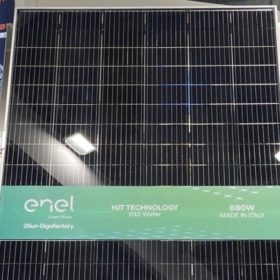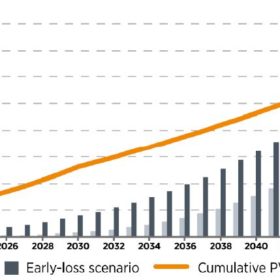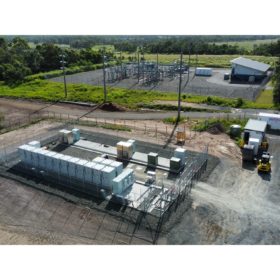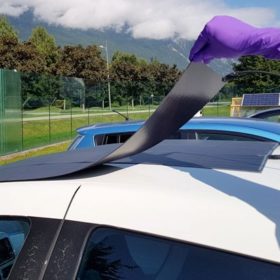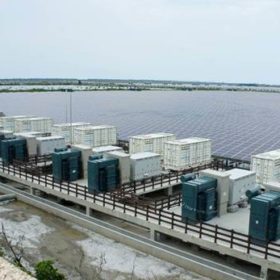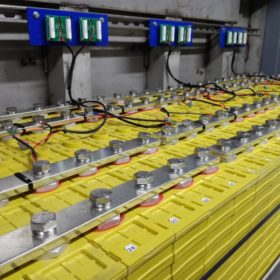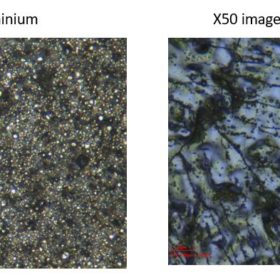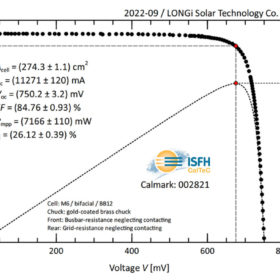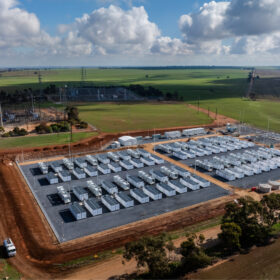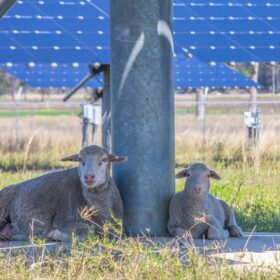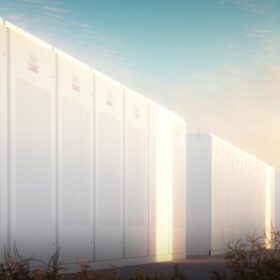Google to use Australian power tracing tech in Sydney trial
Google will be using Australian company Enosi’s technology to trace its energy use in Sydney, part of its journey towards time matched renewables – a far more ambitious and globally favoured standard.
Edify wins government grid forming battery contract as Victoria pushes storage
Edify Energy has been awarded the contract to deliver a grid forming, lithium-ion big battery in Victoria, which will provide system support services for Victoria Murray River Renewable Energy Zone and contribute to the state’s new storage targets.
Enel unveils 680 W n-type heterojunction solar panel for utility-scale applications
Enel Green Power’s new solar panel has average efficiencies ranging from 22.6% to 22.9% and a temperature coefficient of -0.24% per degree Celsius. It is based on an n-type solar cell with G12 format and a power conversion efficiency of 24.6%.
IEA PVSP predicts high-cost, low-revenue scenario for solar recycling
A recent report by the International Energy Agency Photovoltaic Power Systems Programme (IEA PVSP) reviews the current regulatory and industrial landscape for end-of-life PV management in Germany, France, Italy, Spain, Japan, South Korea, China, Australia, and the United States.
Queensland charges ahead with big battery rollout
A new $8 million large-scale, network-connected battery at Tanby on Queensland’s Capricorn Coast is expected to help facilitate the continued integration of renewables, including rooftop solar PV, into the state’s energy system.
Vehicle-integrated solar kit may reduce frequency of recharging by 14%
Developed by the French research institute Liten, the prototype kit consists of a 145 W PV panel, a magnetic rear panel, and an MPPT charge controller. It also includes a battery and a micro-inverter that can be used to inject the stored energy into the grid when the vehicle is recharged.
Taiwan’s largest battery comes online
United Renewable Energy has energised a 15 MW/15 MWh battery energy storage system connected to a 150 MW solar park located near the southern Taiwanese city of Tainan.
Taiwanese battery maker targets NT for manufacturing plant
The Northern Territory government has signed an agreement with Taiwanese battery company Aleees and Western Australia-based miner Avenira to develop a battery cathode manufacturing plant in Darwin.
Novel tech to recycle silver, aluminum from end-of-life solar panels
Researchers in the United Kingdom have developed a new method of extracting silver and aluminium from end-of-life PV cells using iron chloride and aluminium chloride dissolved in brines. According to the research team, the cheap solvents retrieve up to 95% of the metals within 10 minutes, achieving a 98% purity of silver chloride.
Longi achieves 26.12% efficiency for gallium-doped p-type heterojunction solar cell
The result, confirmed by Germany’s Institute for Solar Energy Research Hamelin (ISFH), was achieved on a heterojunction solar cell based on an M6 wafer.


